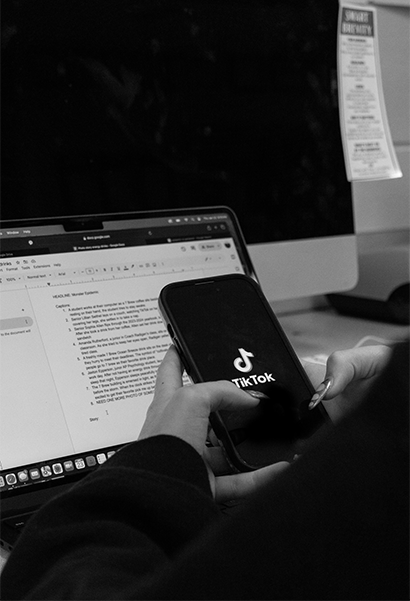Sun Chips is already an environmentally proactive branch of the Frito-Lay company. It uses solar panels to power the factories, cutting down on the use of non-renewable fuels. It also cuts back on other non-renwable resources by using plant-based materials in 33% of the chip bags. On Earth Day this year, according to the Sun Chips website, the company will be taking its ‘go-green’ attitude to the next level, with the introduction of the 100% compostable bag.
The reason behind the new bags is simple. According to the Sun Chips website, there were two problems with the bags: they “were made from non-renewable materials, and they sometimes end up as litter.” These were things the people at Sun Chips did not like, so they decided to do something about it.
The new bags will be made of a material called polylactic acid (PLA), produced by NatureWorks LLC. This compound is composed of carbon dioxide, water based starches, which make up dextrose, which is fermented to form the lactic acid needed to make this substance. NatureWorks LLC has named the product Ingeo, and it is the world’s first performance plastic made of 100% renewable resources. More information on the production of this material can be found at natureworksllc.com. What makes using PLA so environmentally friendly is that it avoids the use of petroleum and has a much lower impact on greenhouse gases in the atmosphere.
The fact that these bags are made of naturally occurring materials is what makes them compostable. Since they started out from the earth, they are able to return to it as well, in about 12 to 16 weeks at temperatures of 55º C or higher. While the bags have the ability to do so, they will only do so properly under these ‘ideal’ conditions. According to its website, Sun Chips is working on fixing this. Actual video footage of the bags decomposing in different substances can be found on the Sun Chips website as well.
While these new chip bags still have some work to be done on the compostability in different temperatures and soil types, they are definitely a step towards a greener future, as well as a postive outlook for planet Earth.





